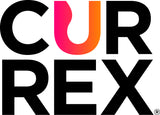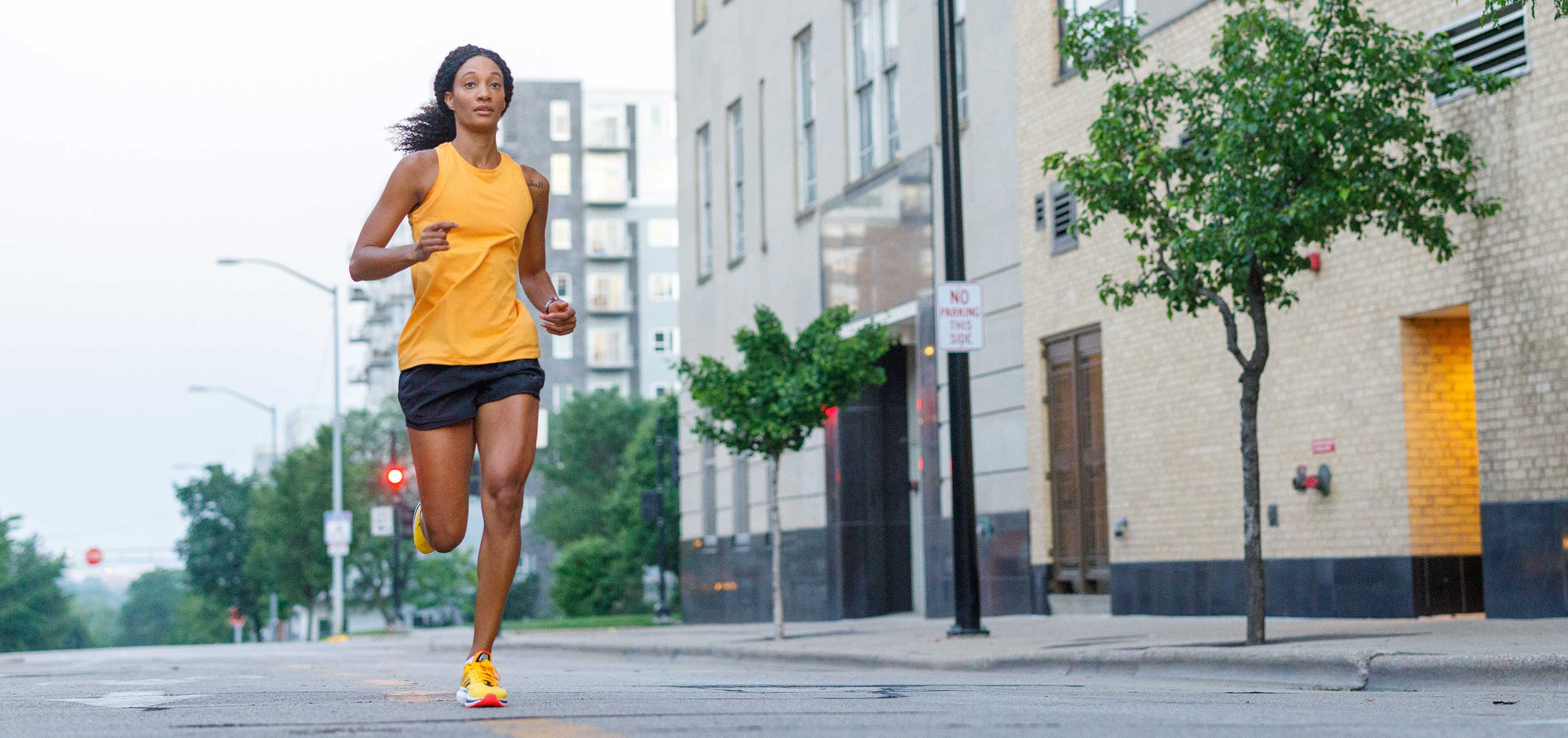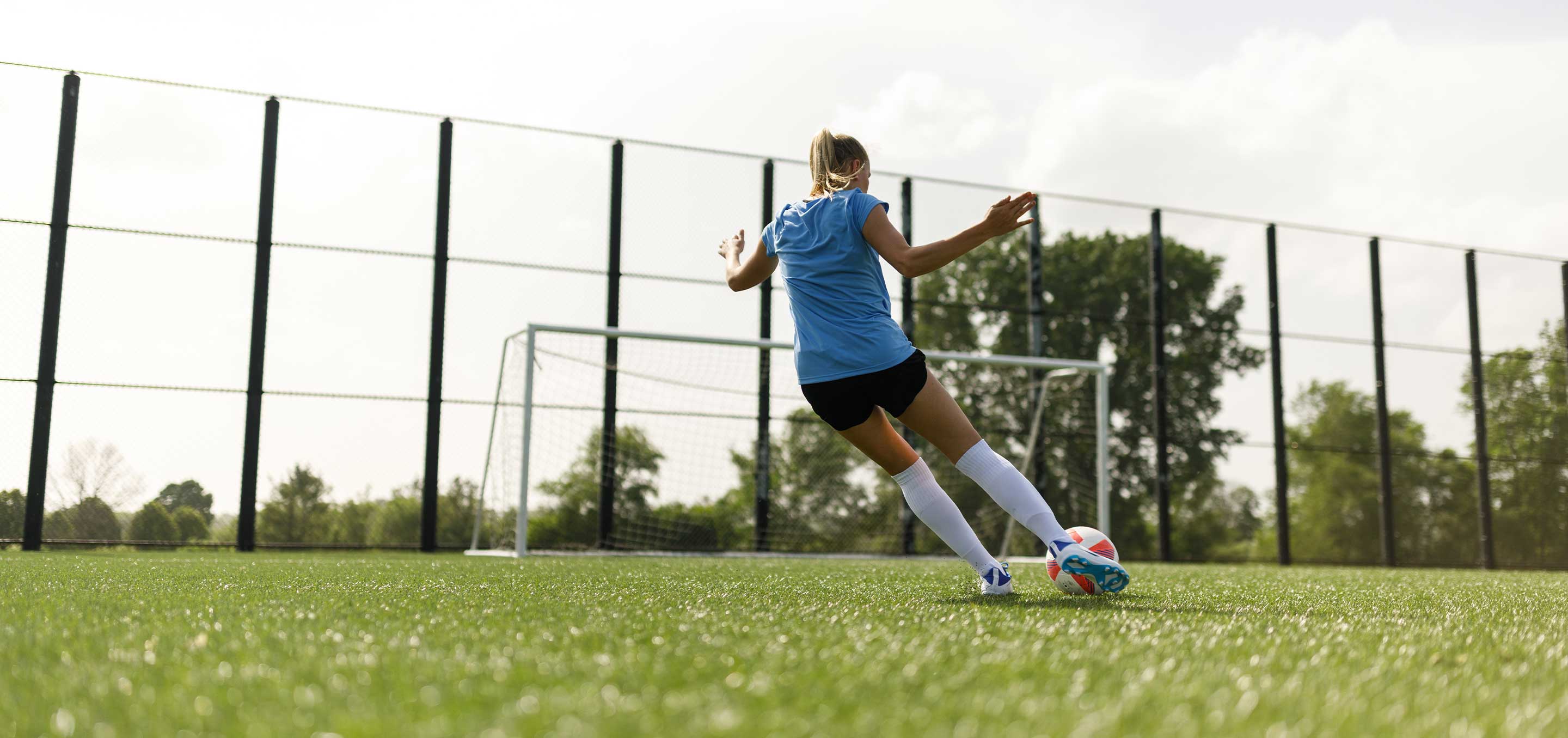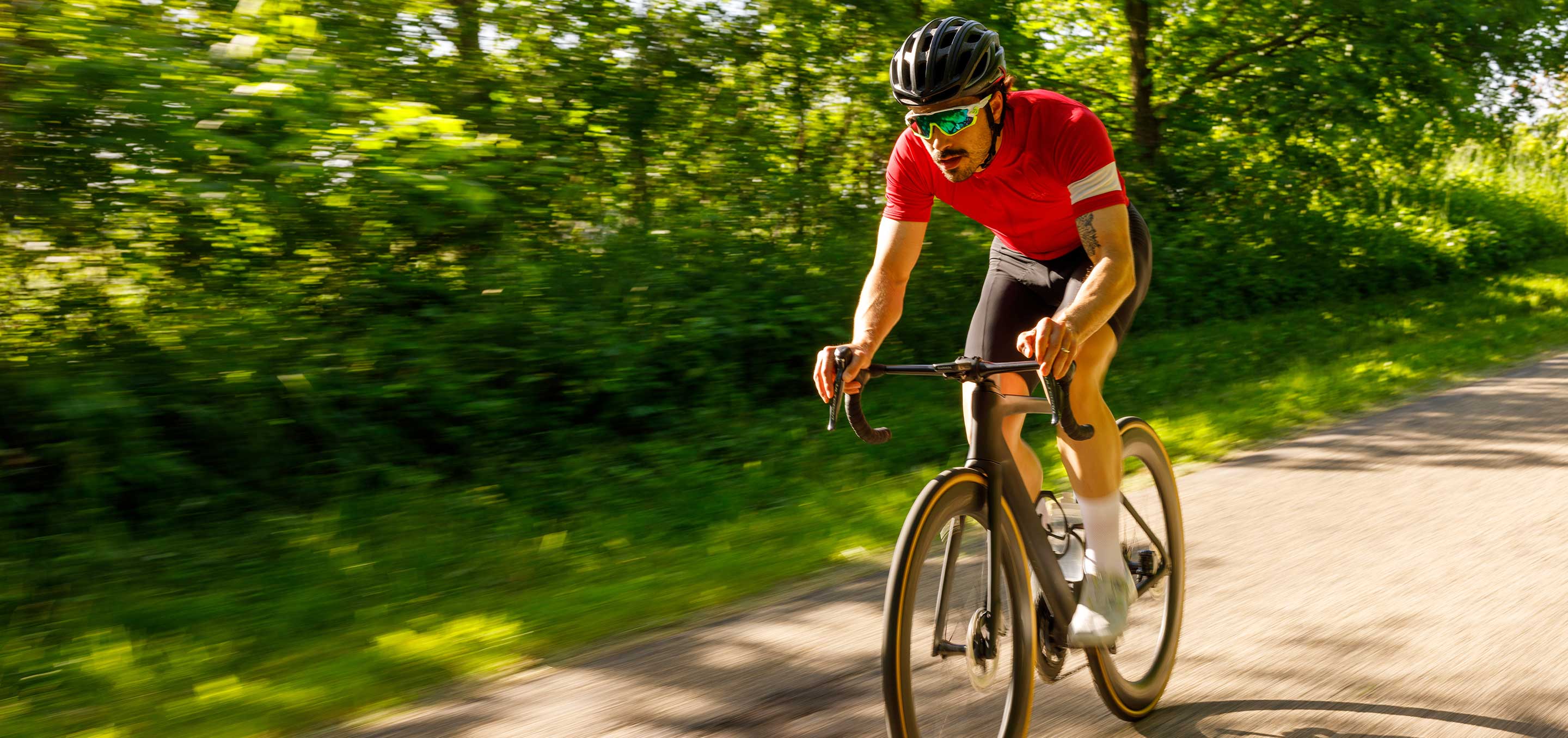5 Tips for Recovering Like a Pro Athlete
Whether you’re training for your next game, chasing a PR, or just trying to stay active, recovery is the key to sustainable performance. Too often, athletes focus on pushing harder and going longer, forgetting that real progress happens between workouts: when the body rests, rebuilds, and restores.
Learning how to recover like a pro athlete isn’t about expensive gadgets or elite-level facilities. It’s about consistency, smart habits, and giving your body the right tools to bounce back stronger. Here are five proven strategies for better recovery after exercise, designed to help you perform at your best every time you hit the field, gym, or trail.
1. Prioritize Sleep for Peak Recovery
If you’re looking for the most effective recovery tool for athletes, it’s not in your gym bag, it’s your pillow. Sleep is when your body does its best repair work. During deep sleep, hormones are released to rebuild muscle tissue, regulate inflammation, and strengthen your immune system.
According to a study published in Sports Medicine, athletes who get adequate sleep not only recover faster but also improve reaction times, mood, and accuracy in performance tasks (Halson, 2014).
Pro Tips for Better Sleep:
- Aim for 7–9 hours of sleep per night.
- Keep a consistent bedtime and wake-up schedule.
- Limit screen time and caffeine before bed.
- Sleep in a cool, dark room to promote deep rest.
Think of sleep as part of your training plan, not a break from it. Just as you schedule workouts, schedule recovery time to let your body do the behind-the-scenes work that leads to progress.
2. Refuel with Purpose
Nutrition is the foundation of effective post-training recovery. After exercising, your muscles need glycogen (from carbs) for energy and protein for repair. Neglecting this step can lead to lingering fatigue, slower progress, and even injury.
What to Eat After Exercise:
- A 3:1 ratio of carbohydrates to protein within 30–60 minutes of finishing your workout.
- Examples: a smoothie with Greek yogurt and fruit, eggs and toast, or a protein shake with oats.
- Don’t forget hydration! Water and electrolytes are essential for recovery and muscle function.
Studies have shown that consuming whole foods that include a variety of macro and micronutrients improves post-exercise recovery (van Vliet et al., 2018). So, if you’re serious about performance, recovery nutrition isn’t optional, it’s essential.
3. Move to Recover
One of the best ways to recover after exercise isn’t complete rest, it’s active recovery. Gentle movement like walking, yoga, or swimming increases blood flow, reduces stiffness, and helps clear metabolic waste from your muscles.
Active recovery also trains your body to adapt to workload more efficiently over time. Whether it’s a light jog, dynamic stretching, or mobility work, keeping your body in motion supports both recovery and long-term resilience.
Try this simple active recovery routine:
- 10 minutes of easy cycling or brisk walking
- Dynamic stretches: leg swings, arm circles, and hip openers
- 2–3 yoga poses: Downward Dog, Pigeon, and Child’s Pose
- Foam roll calves, quads, and back for 1–2 minutes each

4. Use the Right Recovery Tools
Pro athletes swear by recovery tools not because they’re trendy, but because they work. From foam rollers to compression sleeves, these tools help improve circulation, release tension, and promote faster healing between sessions.
Best Recovery Tools for Athletes:
- Foam Roller: Helps break down tight fascia and reduce muscle soreness.
- Massage Gun: Increases blood flow and alleviates post-workout tightness.
- Compression Gear: Enhances circulation and reduces swelling after intense training.
- Cold Therapy: Ice baths or cryotherapy can reduce inflammation and speed up recovery.
But one of the most overlooked recovery tools is what you wear every day: your shoes. Each step you take post-training contributes to either recovery or added fatigue. That’s where insoles come in.
CURREX® Insoles are designed with Dynamic Arch Technology (DAT) to adapt to your unique foot shape, improving stability and reducing pressure on joints. They’re used by athletes across sports, from soccer and football to golf and tennis, to enhance comfort and help the body recover naturally after long hours on the move. By reducing strain and aligning your biomechanics, supportive insoles can make recovery more efficient, even during light activity or daily movement.
5. Listen to Your Body
Every athlete knows the line between pushing limits and pushing too far. The best recovery strategies start with awareness: knowing when to rest, when to move, and when to back off.
Key Signs You Need More Recovery:
- Persistent soreness lasting more than 72 hours
- Decreased motivation or mood changes
- Poor sleep quality or elevated resting heart rate
- Drop in performance or coordination
Recovery isn’t a sign of weakness, it’s a competitive advantage. By tuning into your body’s signals and giving it time to recharge, you’ll perform more consistently and reduce your risk of overuse injuries. If your feet or lower body feel fatigued after long training sessions, it may be time to evaluate your support. CURREX® Insoles can reduce stress on your hips, knees, and ankles, helping your body stay aligned and ready for your next session.
Recovering like a pro athlete doesn’t require a full-time coach or elite recovery center. It comes down to smart habits, consistency, and listening to your body. By prioritizing sleep, refueling with purpose, moving actively, using recovery tools, and paying attention to your body’s signals, you’ll train smarter, not just harder. Pair that approach with advanced support from CURREX® Insoles, and you’ll experience less fatigue, faster recovery, and more confidence in every stride. Because when your body feels good, your performance follows.
Recovery for Athletes FAQs
Q: What’s the best way to recover after exercise?
A: The best recovery routine combines quality sleep, balanced nutrition, hydration, and active rest to restore muscles and prevent fatigue.
Q: Why is recovery important for athletes?
A: Recovery helps rebuild muscle tissue, restore energy stores, and reduce the risk of injury and burnout, essential for long-term performance.
Q: What tools do pro athletes use for recovery?
A: Common recovery tools include foam rollers, massage guns, compression sleeves, and supportive insoles that improve alignment and comfort.
Q: How does sleep help with recovery?
A: Sleep supports hormone regulation, tissue repair, and cognitive function, all critical for athletic recovery and peak performance.
Q: Can insoles improve post-training recovery?
A: Yes. Insoles like CURREX® reduce pressure, enhance comfort, and support natural movement during recovery.








